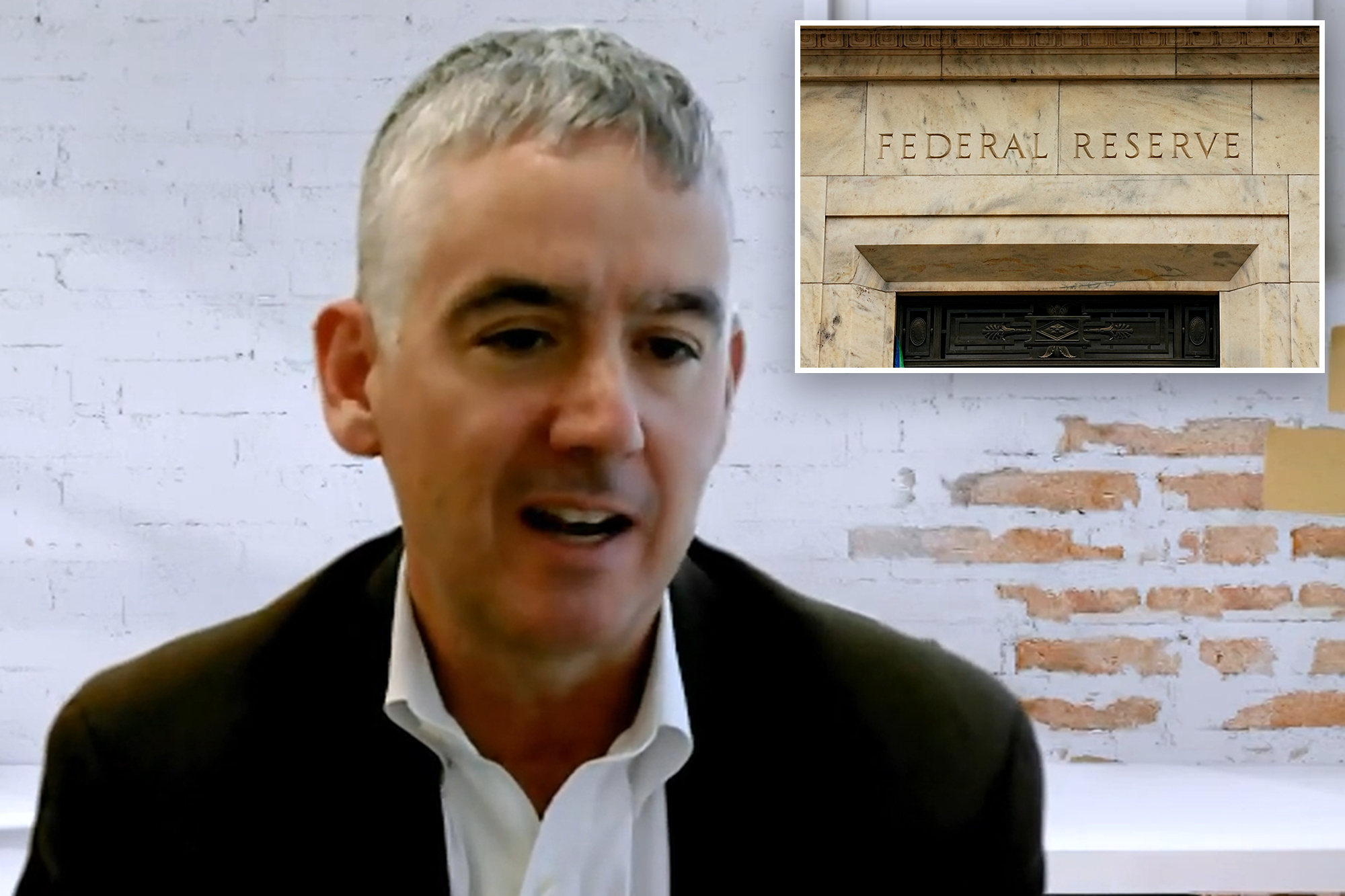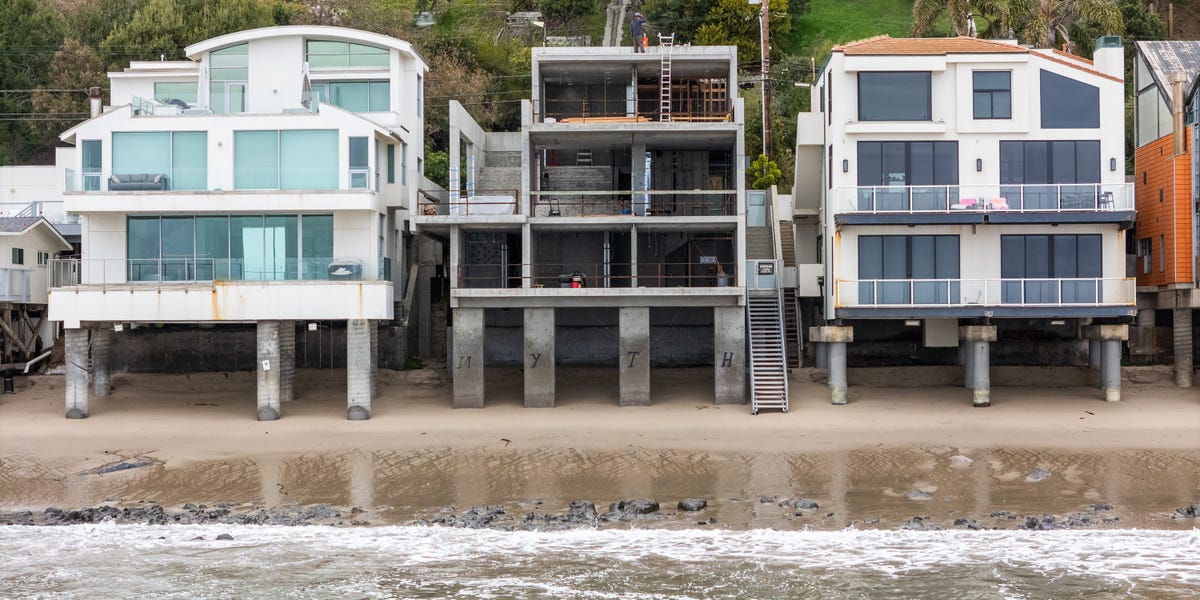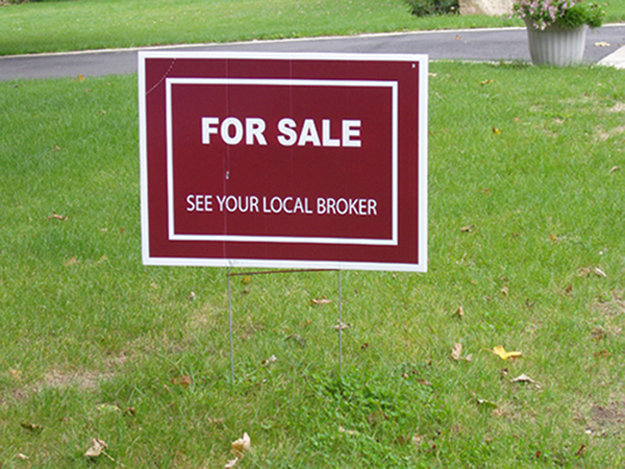A
t the MBA’s annual meeting in Las Vegas, chief economist Mike Fratantoni warned that 30‑year fixed mortgage rates will likely stay between 6% and 6.5% until the end of 2028. He attributes the persistence to rising federal deficits that pressure bond markets, making long‑term rates more prone to climb than fall. Current averages sit at 6.27%, a level that has persisted for three consecutive years. In contrast, Fannie Mae projects a dip below 6% by late 2026. Fratantoni also forecasts the Fed will trim its policy rate twice in 2025 and once in 2024, but inflation concerns will halt further cuts. He believes that the combination of budget deficits and high inflation expectations will keep the 10‑year Treasury yield above 4%, anchoring mortgage rates in the 6–6.5% band, though occasional easing could trigger refinance bursts similar to those seen in 2025. Despite the grim outlook, he expects total home sales to rise to just over 5 million next year, up from 4.8 million projected for 2025, as a larger supply of homes should temper price growth. The MBA predicts a national decline in home prices for several quarters before modest annual gains resume around late 2027. Deputy chief economist Joel Kan highlighted that market dynamics vary: Sun‑belt states like Florida, Colorado, and Arizona are experiencing price drops, while the Northeast and Midwest, constrained by low inventory, see prices rise above the national average. Kan noted that while median mortgage payments have eased slightly to about $2,067, they remain higher than five years ago due to price appreciation and current rates. Many borrowers are turning to adjustable‑rate mortgages and FHA loans to manage affordability, yet rising taxes and insurance costs continue to strain both new and existing homeowners.













